The Garlic Farm consists of 50 beds, 400 restaurant covers and up to 2000 visitors. That equates to 10,000 litres or 10m3 of waste water per day. Where does that go?
As the farm has gradually evolved from a small farmstead to a visitor attraction with restaurant, accommodation and farm shop, the demands placed upon the old infrastructure for dealing with waste water have created potential problems, for which there are a number of solutions within the modern engineering world. We explored these options, including installing a new Package treatment plant, installing a reed bed and connecting to the mains 1 mile away. Each of these options required huge amounts of concrete, electricity and moving parts susceptible to failure. But most importantly, none of these options recognised the potential in the nutrient dense water we create every day.

A NATURE-FRIENDLY APPROACH
In our search for the most sustainable and nature-friendly approaches to dealing with challenges that arise on the farm, we were introduced to Jay Abrahams of Biologic Design. Jay is a permaculture expert who has taken the principles of that discipline and applied them to the challenge of dealing with large amounts of sewage. In this system you work with the natural contours of the landscape to hold water in higher ground above where it will be needed. This is achieved by constructing a series of long shallow pools along the contours of the land, which are planted with a diverse mix of specific plant species that take up the nutrients in the waste water and via photosynthesis convert them into biomass.

ATTRACTING WILDLIFE
Take the short walk from our farm shop and restaurant down through the trees and you will be rewarded with a view of our WETland overlooking the Arreton Valley. This 1.8 hectare area was previously permanent pasture with very little diversity either above or below ground. An ecology report of the area prior to the installation of the WETland recorded 15 plant species. Within 3 months of its creation, we have seen a phenomenal change in the wildlife attracted to this area and over 75 plant species recorded. Wagtails, Linnets, Swallows and Swifts are just a few of the bird species delighting in the shallow pools thronging with insect life, while 9 species of dragonfly/damselfly have so far been sighted.

EXTENDING LIFE CYCLES
Along the banks we have planted basketry willow that will be coppiced yearly by a local basket maker and we look forward to seeing baskets adorning the entrance to the farm shop in years to come. We also have walnut trees established from seed. Walnuts are especially effective at taking up phosphates from the water. Apple, perry pear and mulberry trees are to follow. In addition, the series of pools ends in a final reservoir from which (subject to testing) we have the potential to irrigate the surrounding fields that make up our organic garlic crop rotation, creating a beautifully extended life cycle to the water we consume on the farm.














